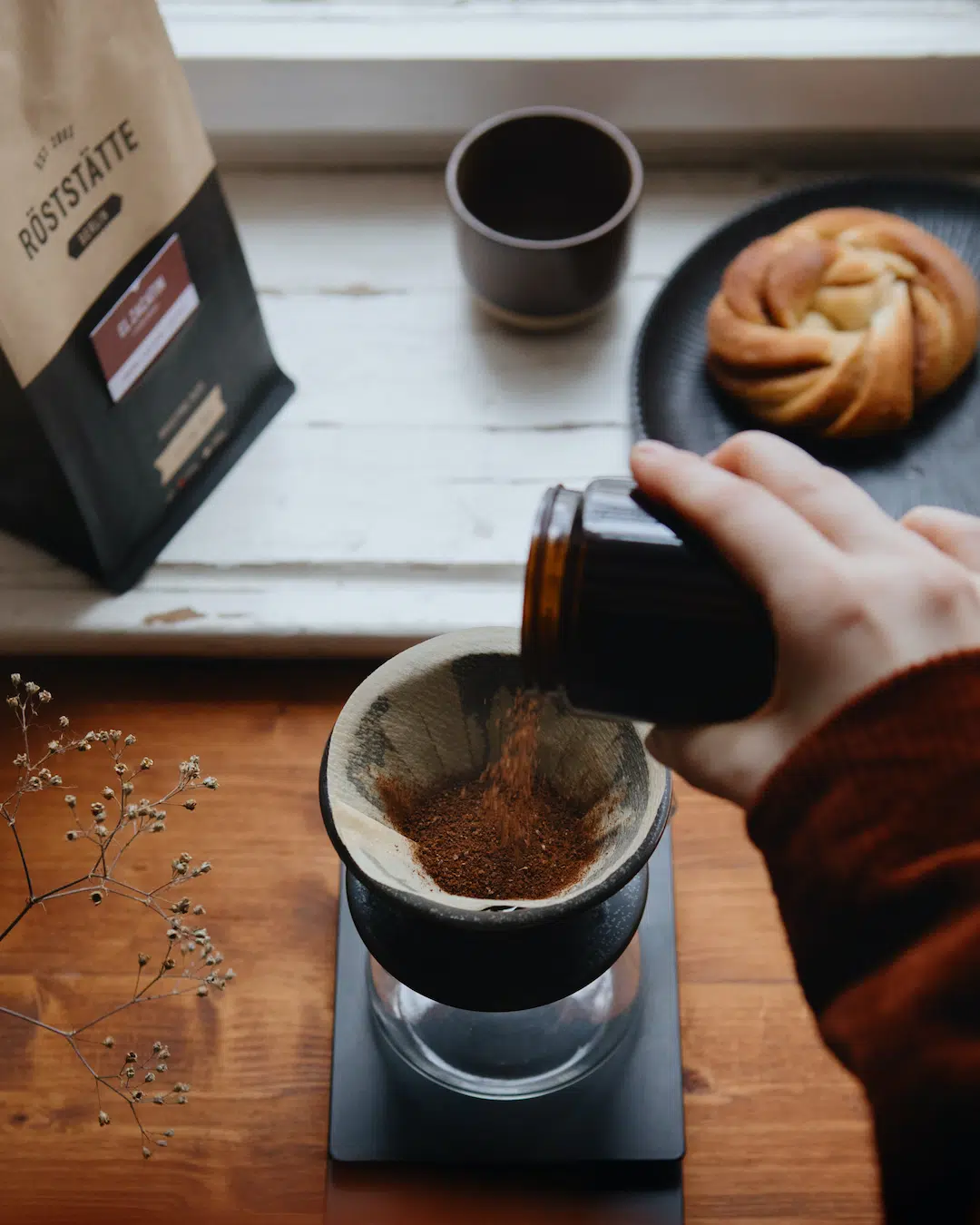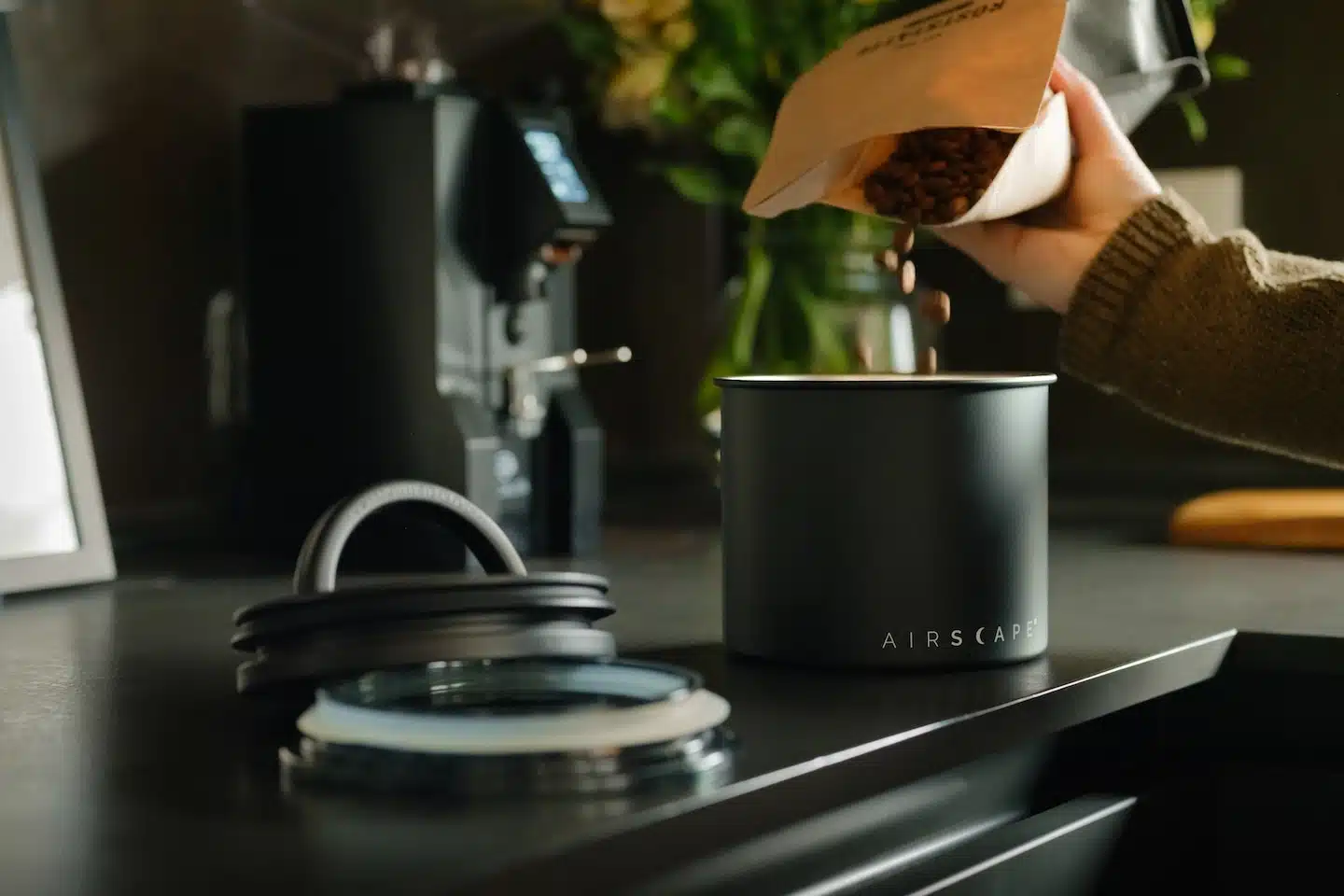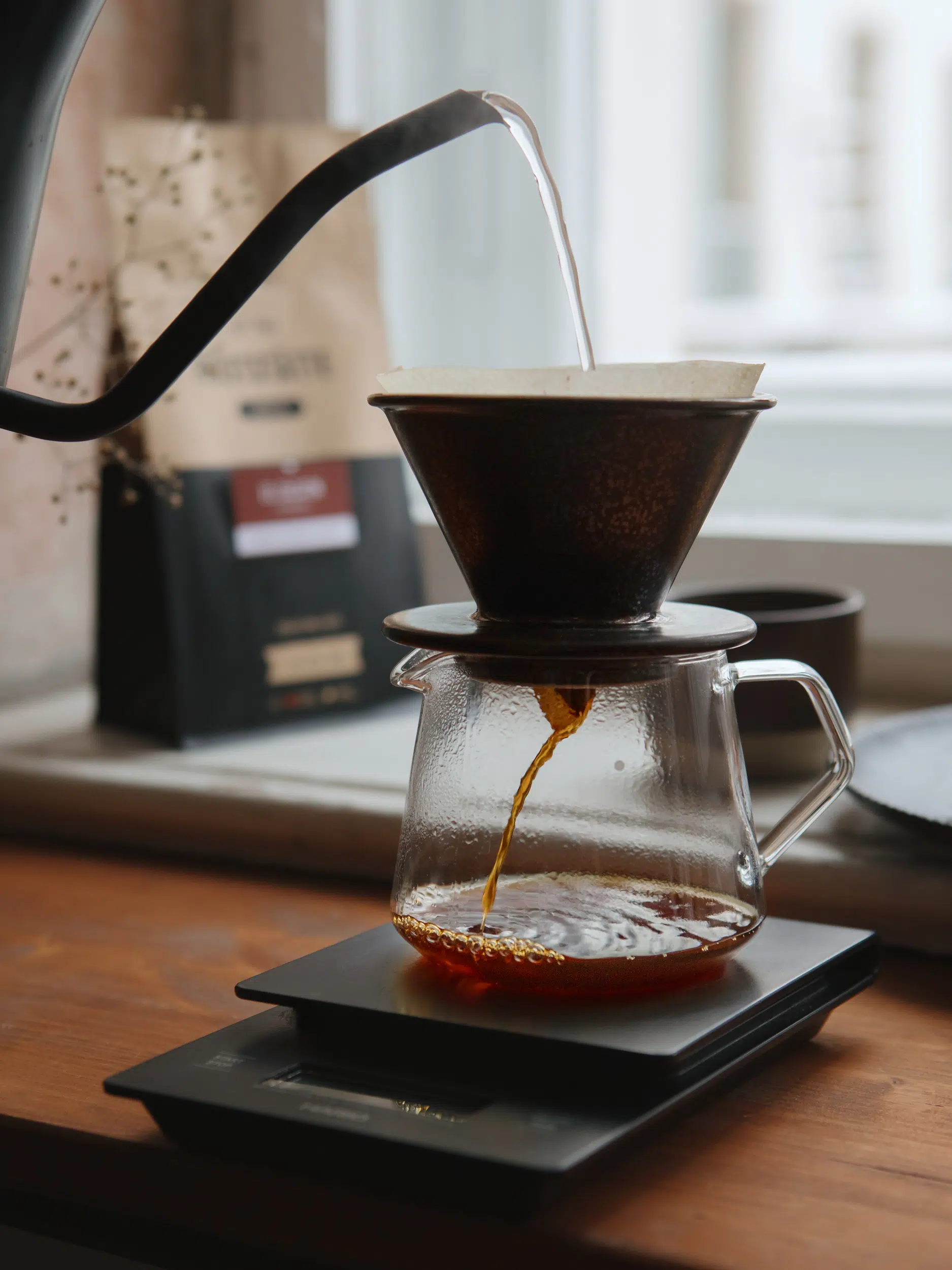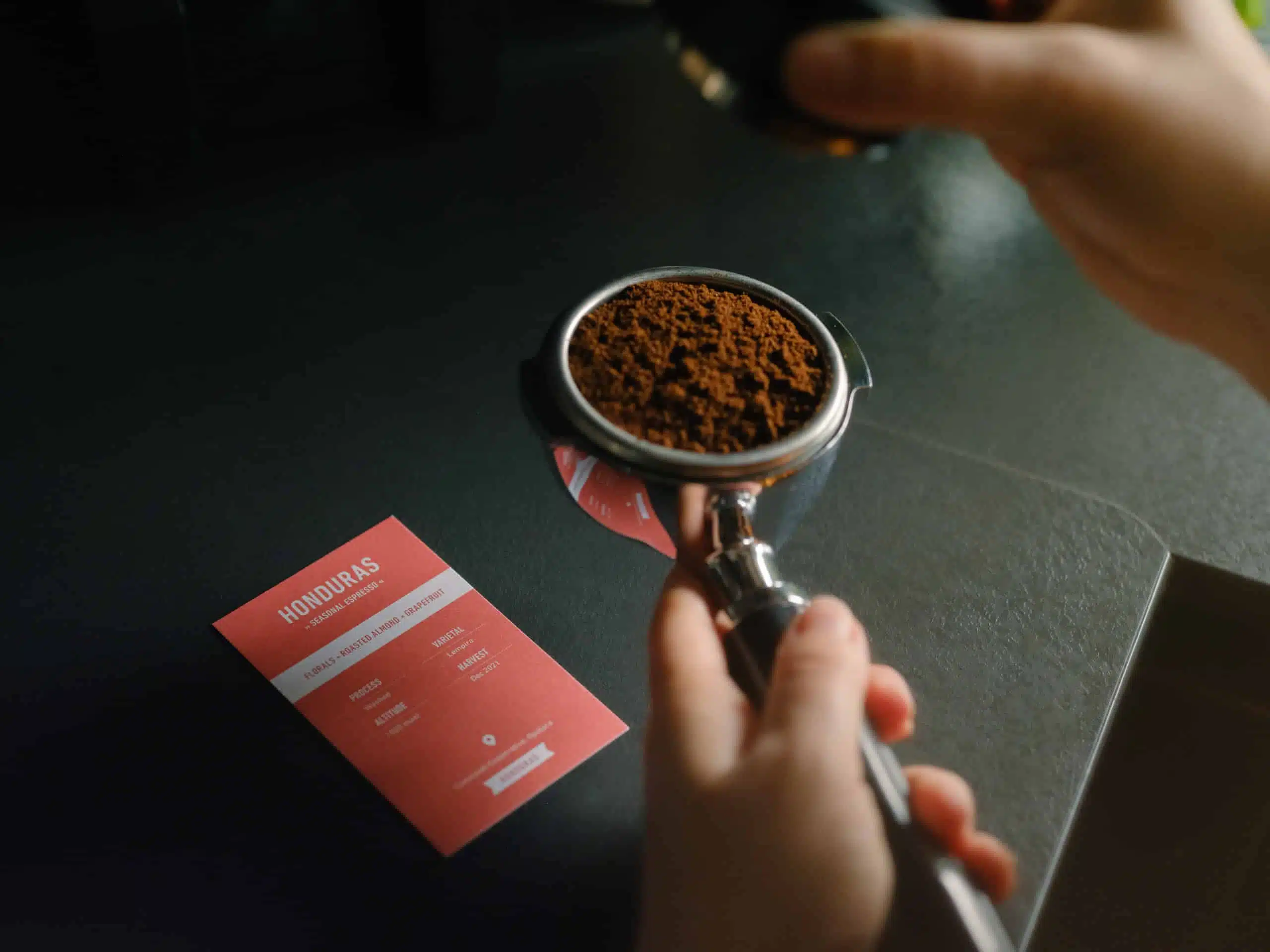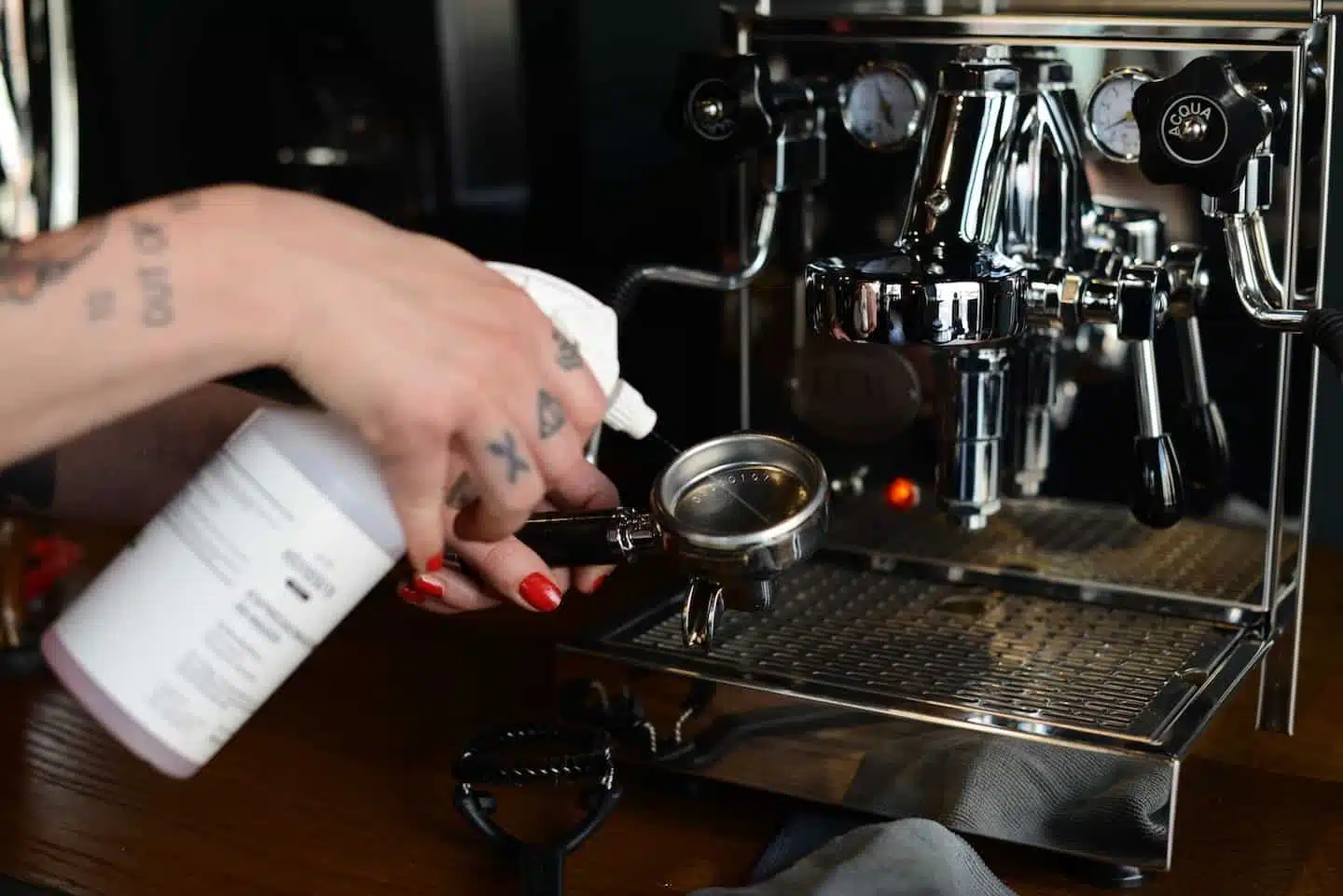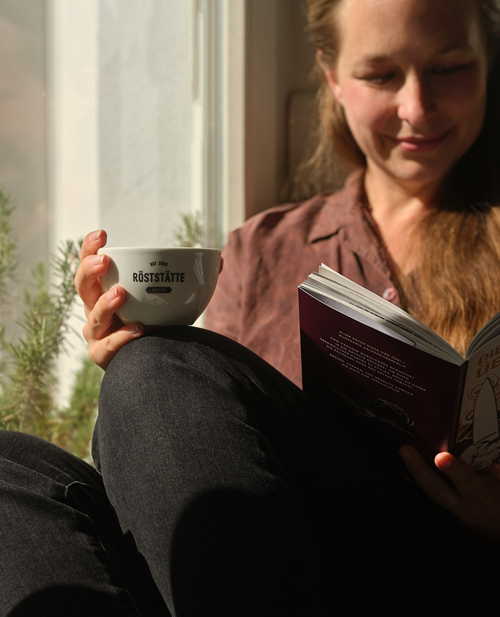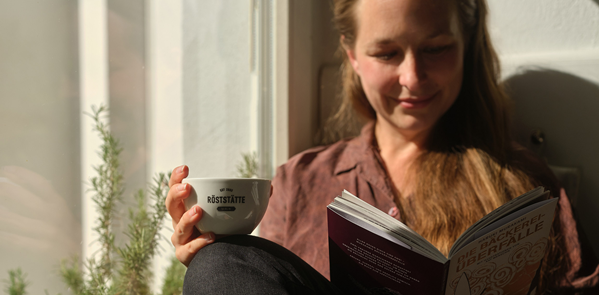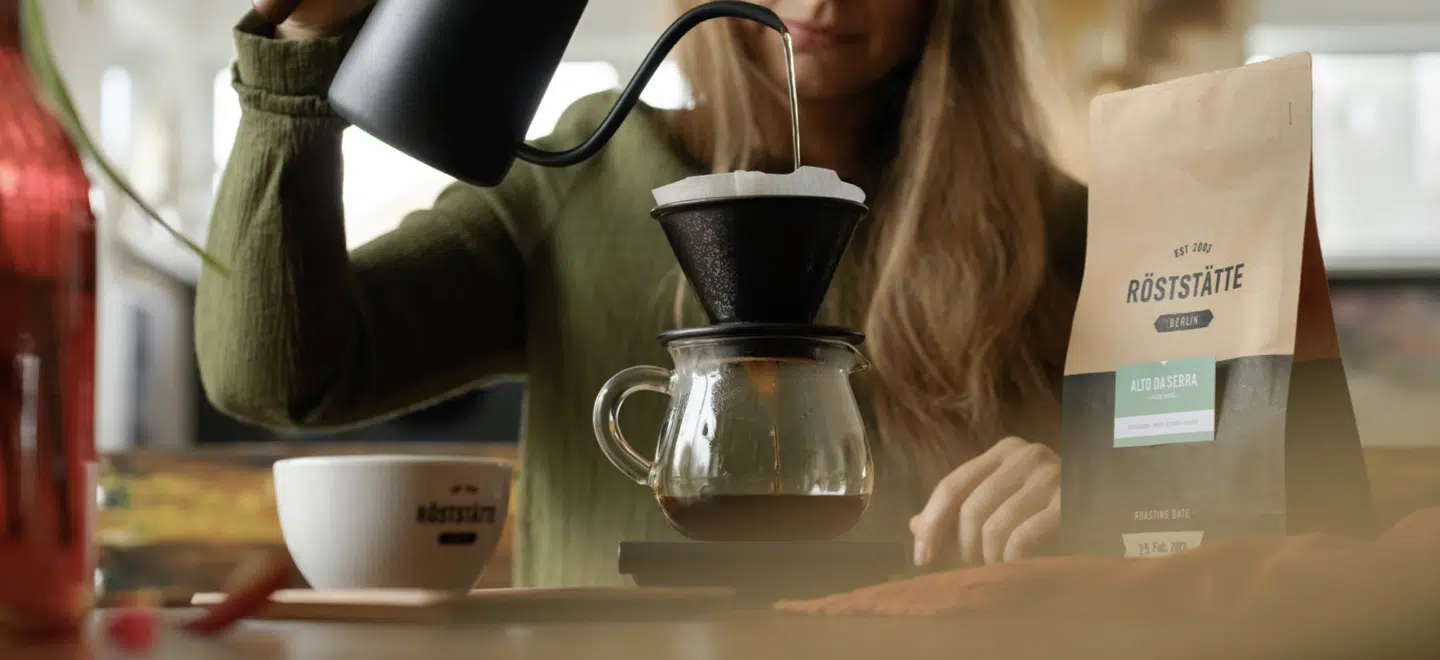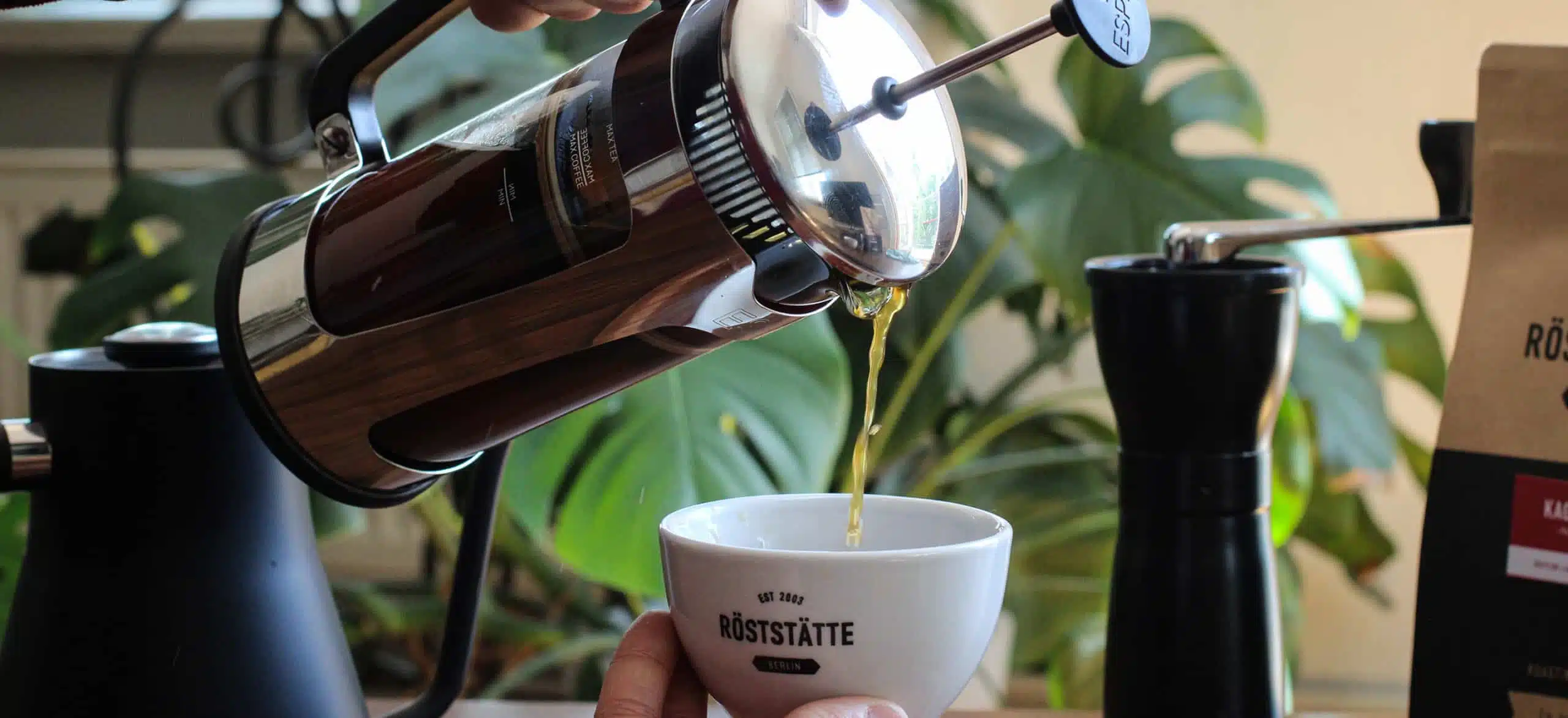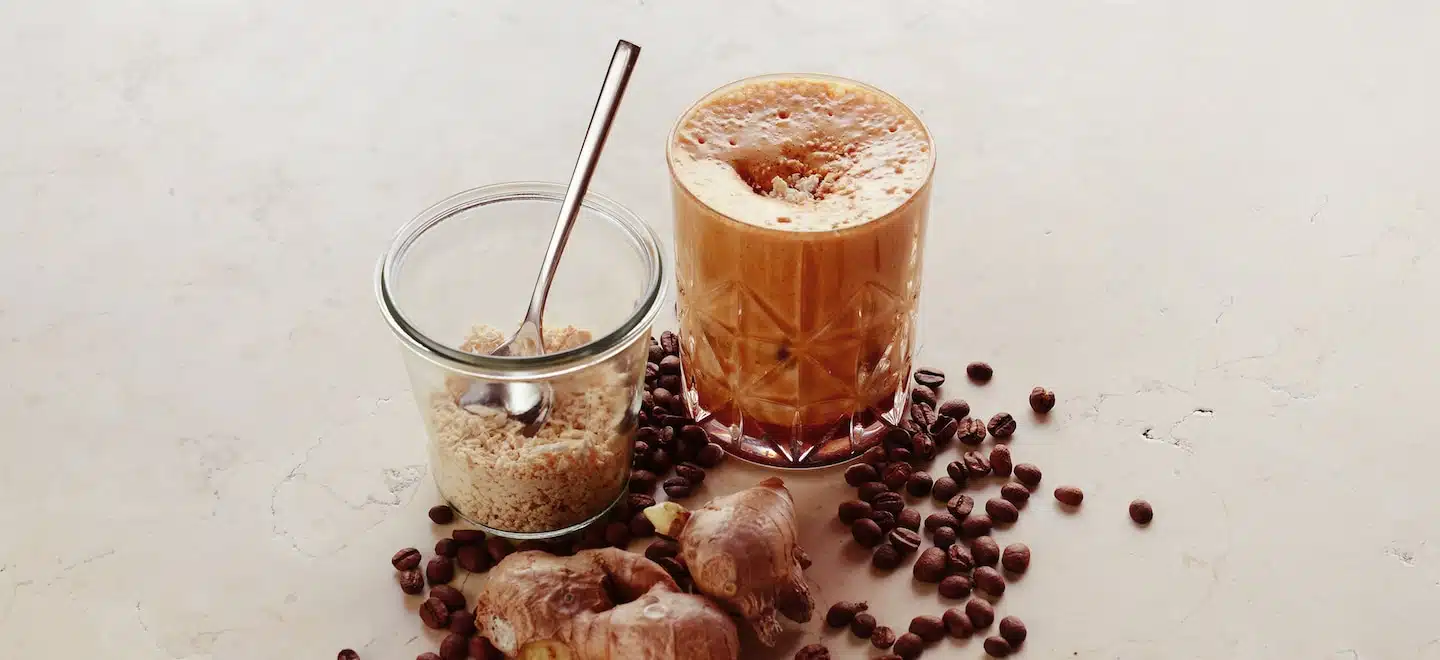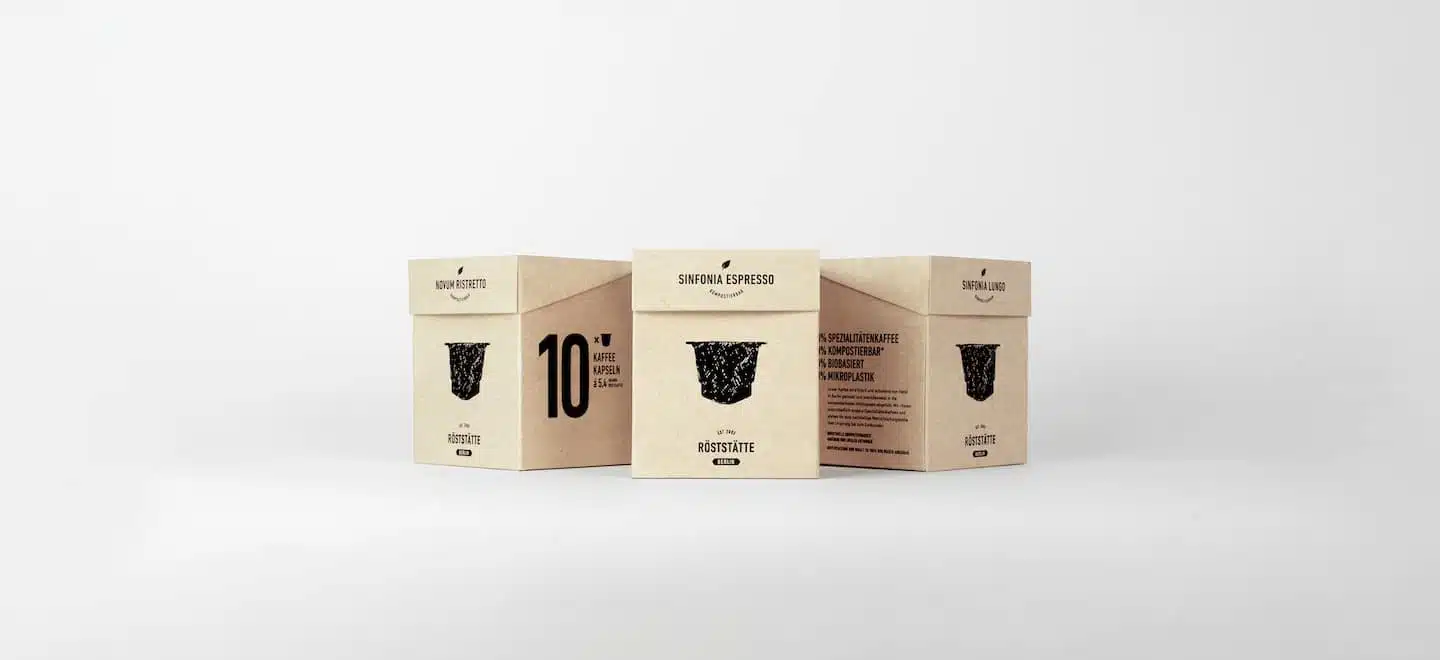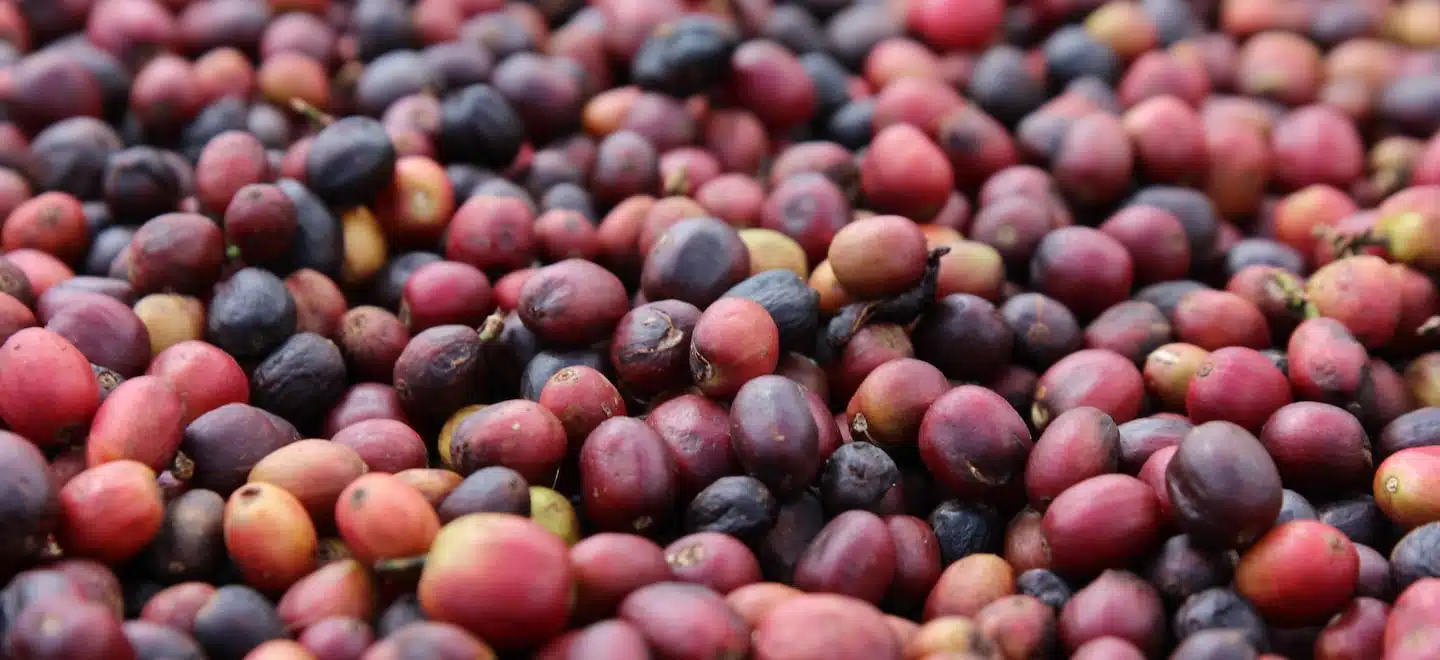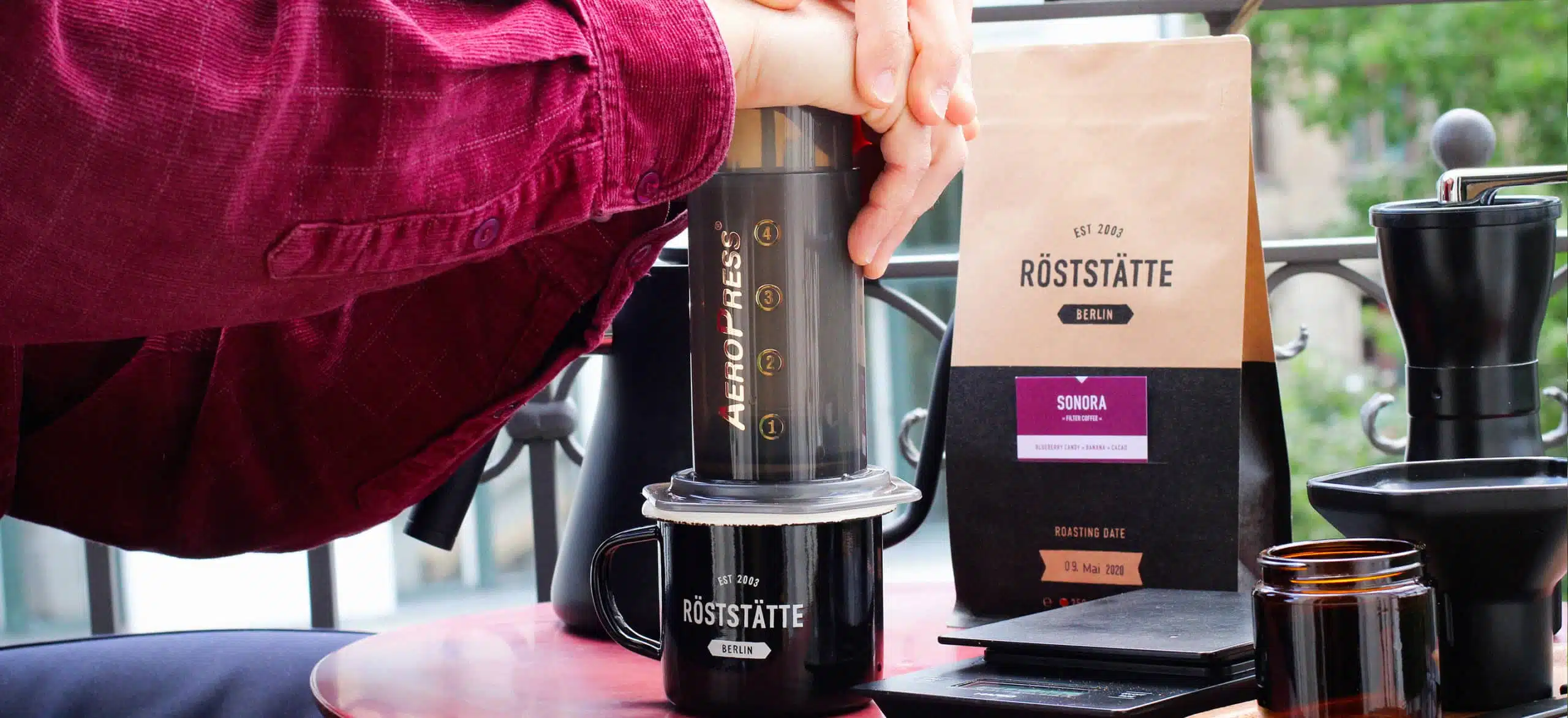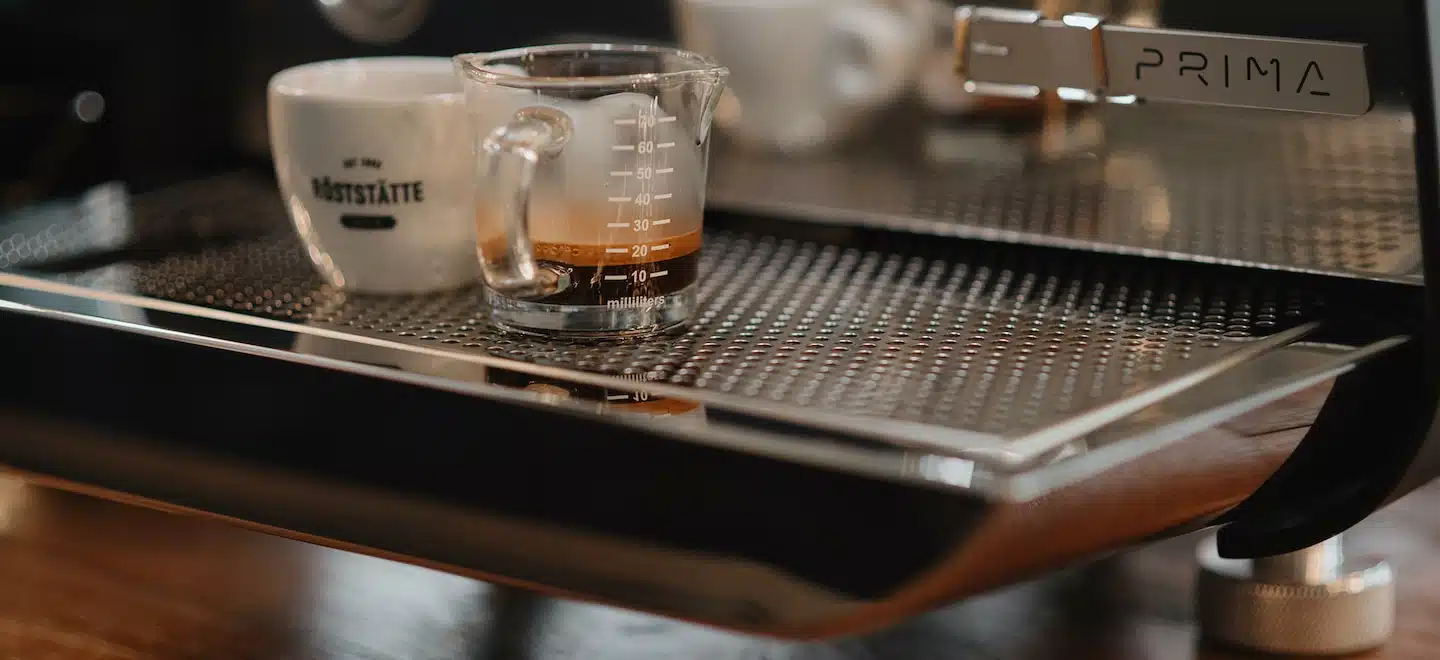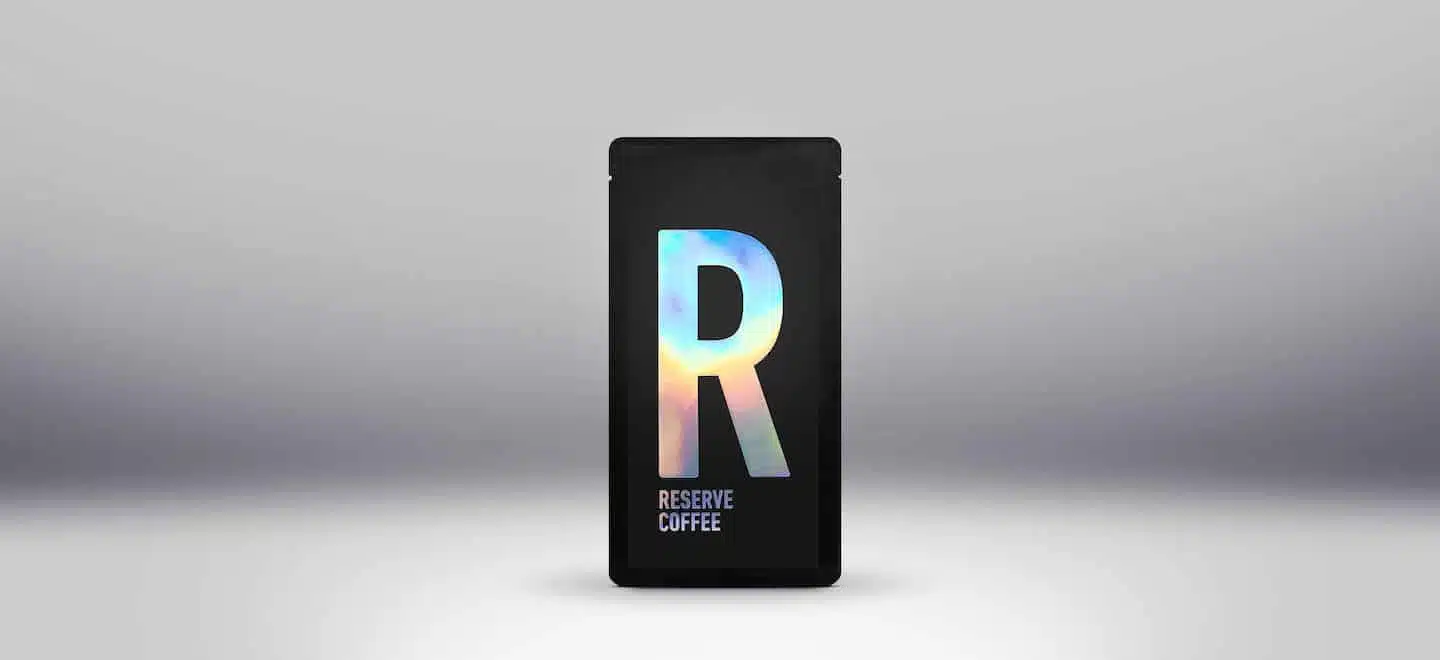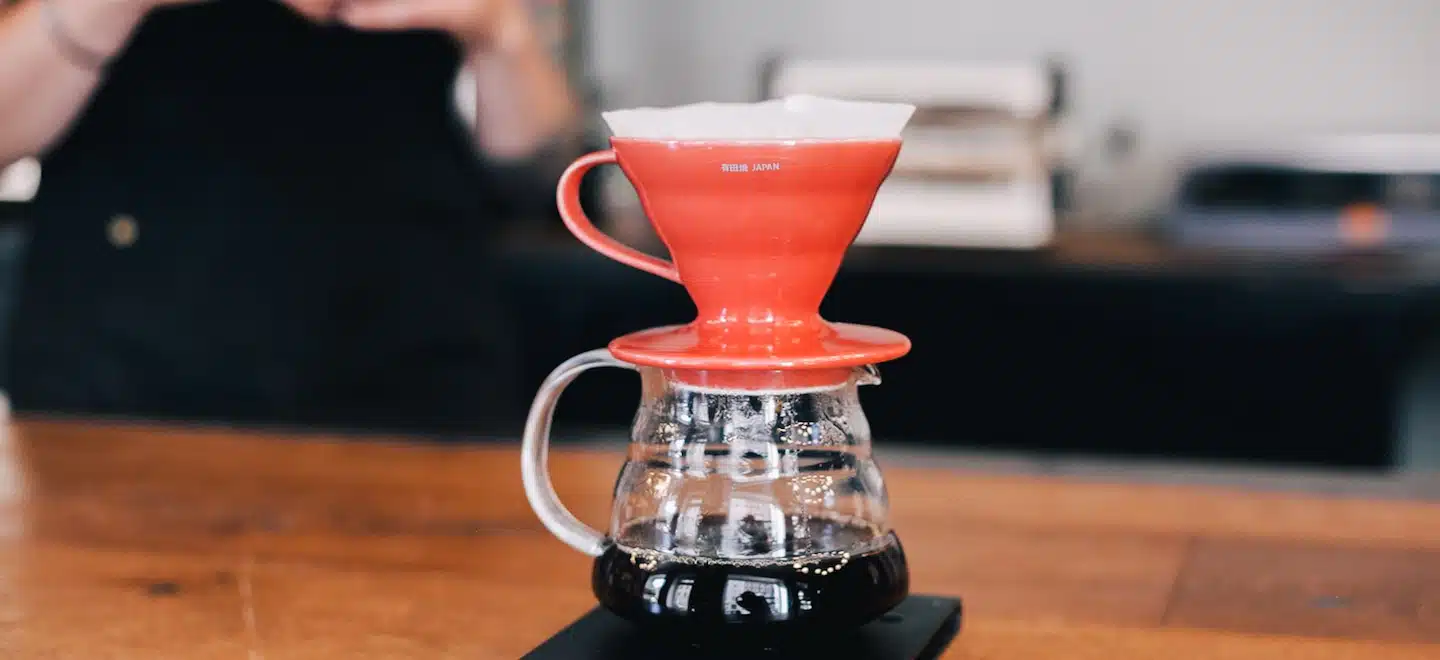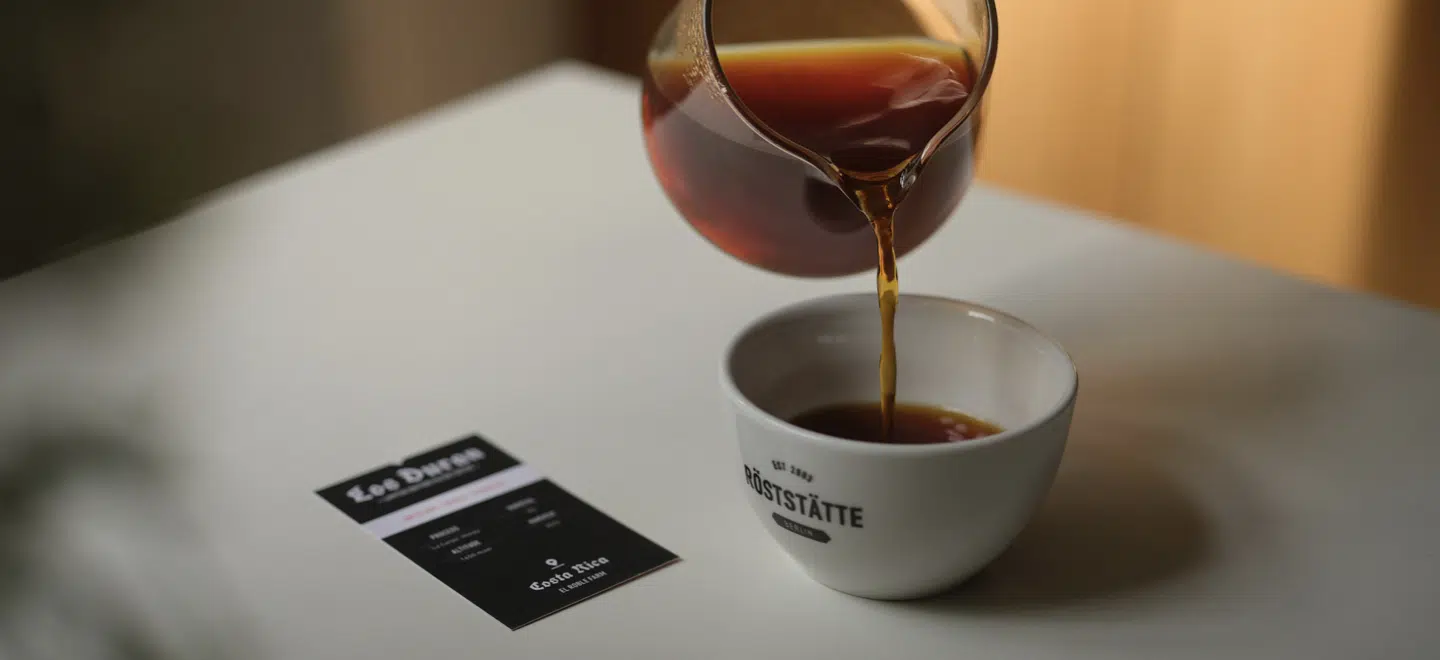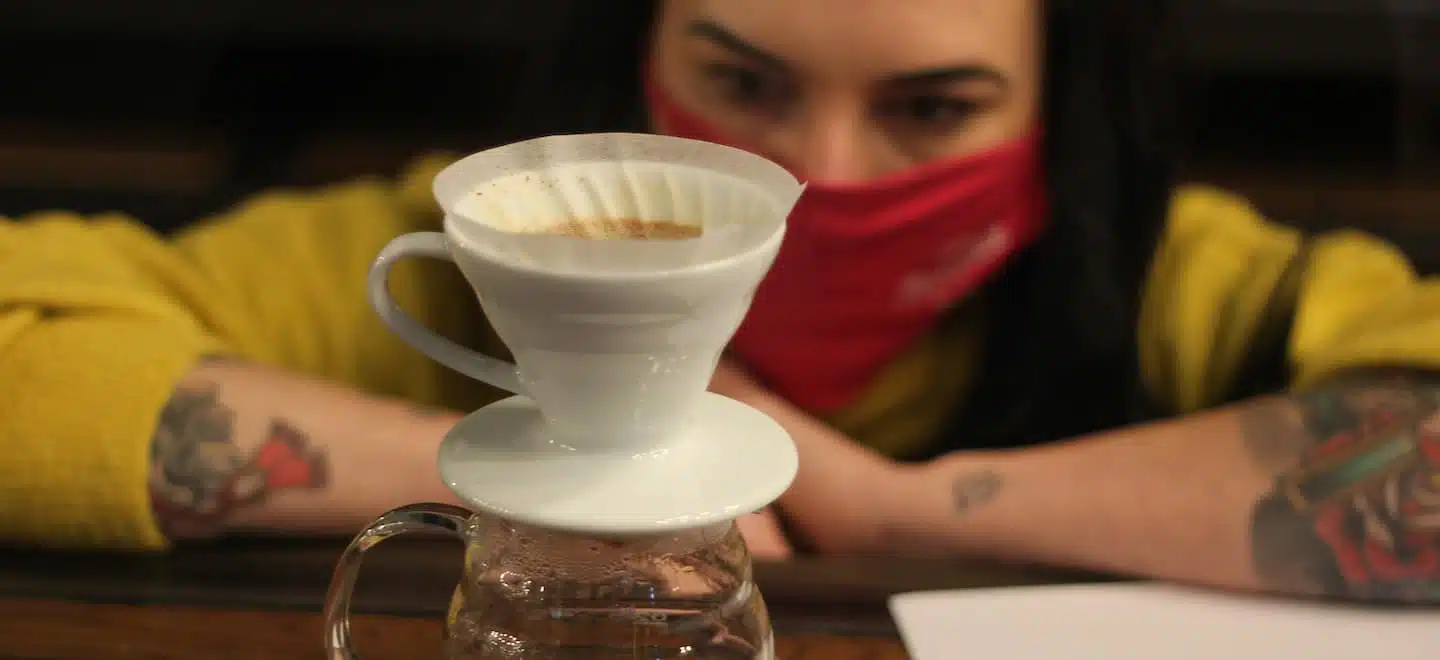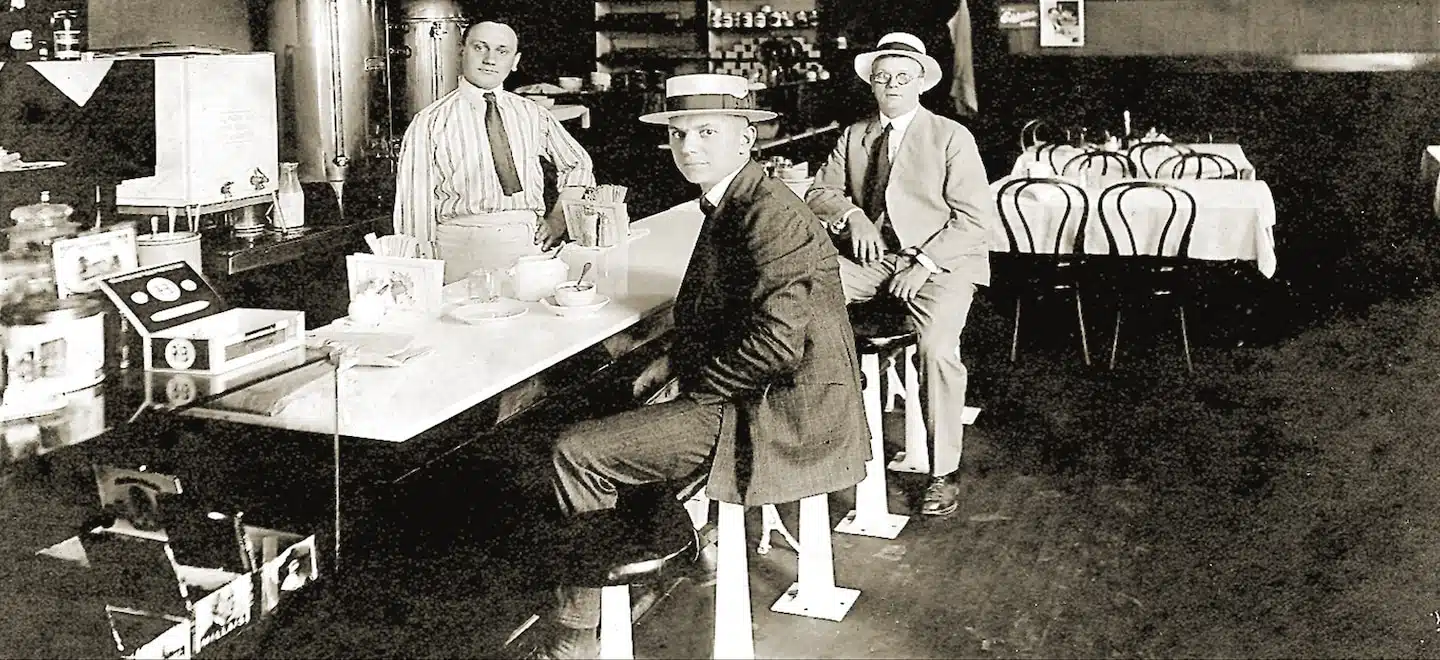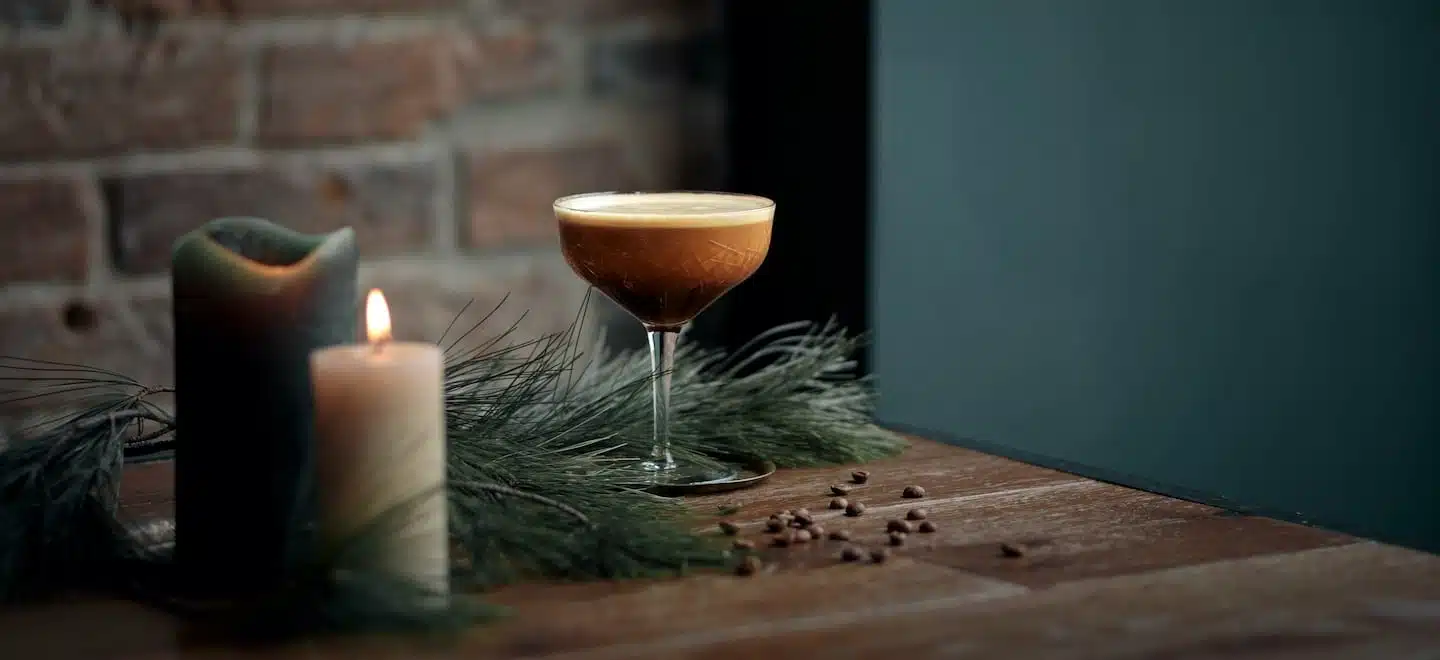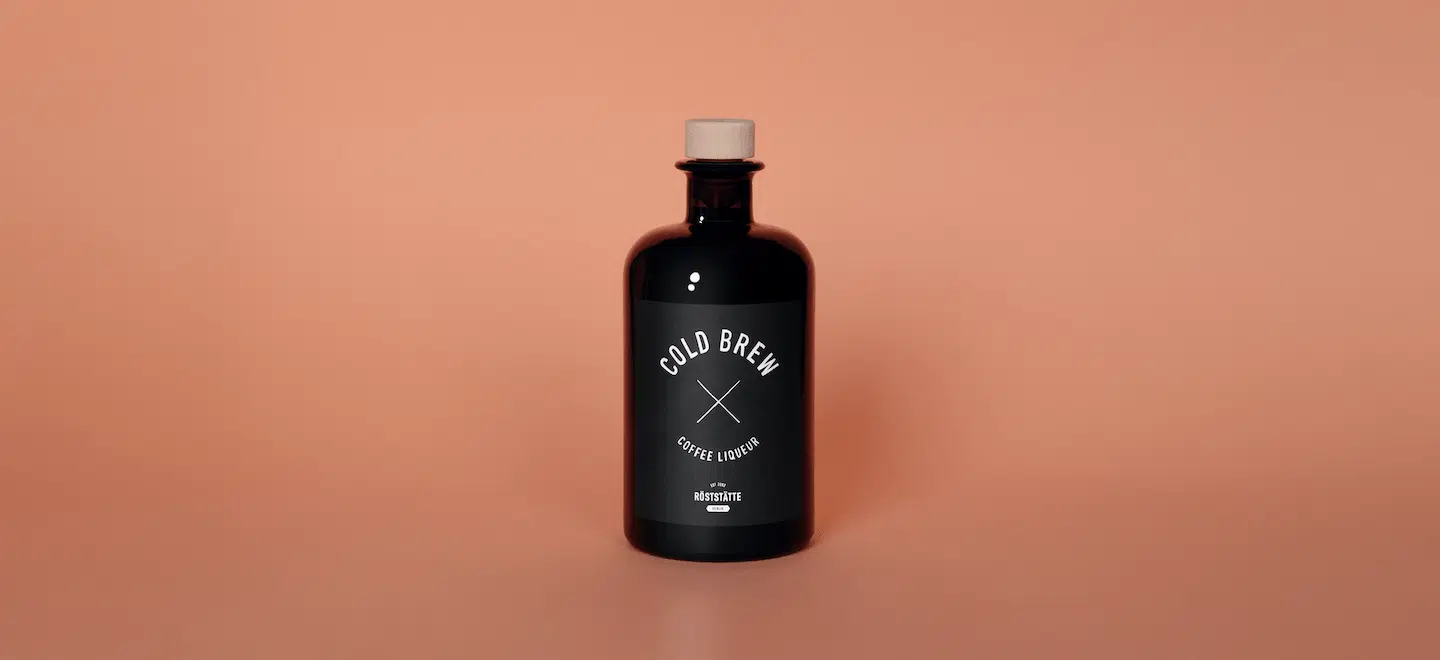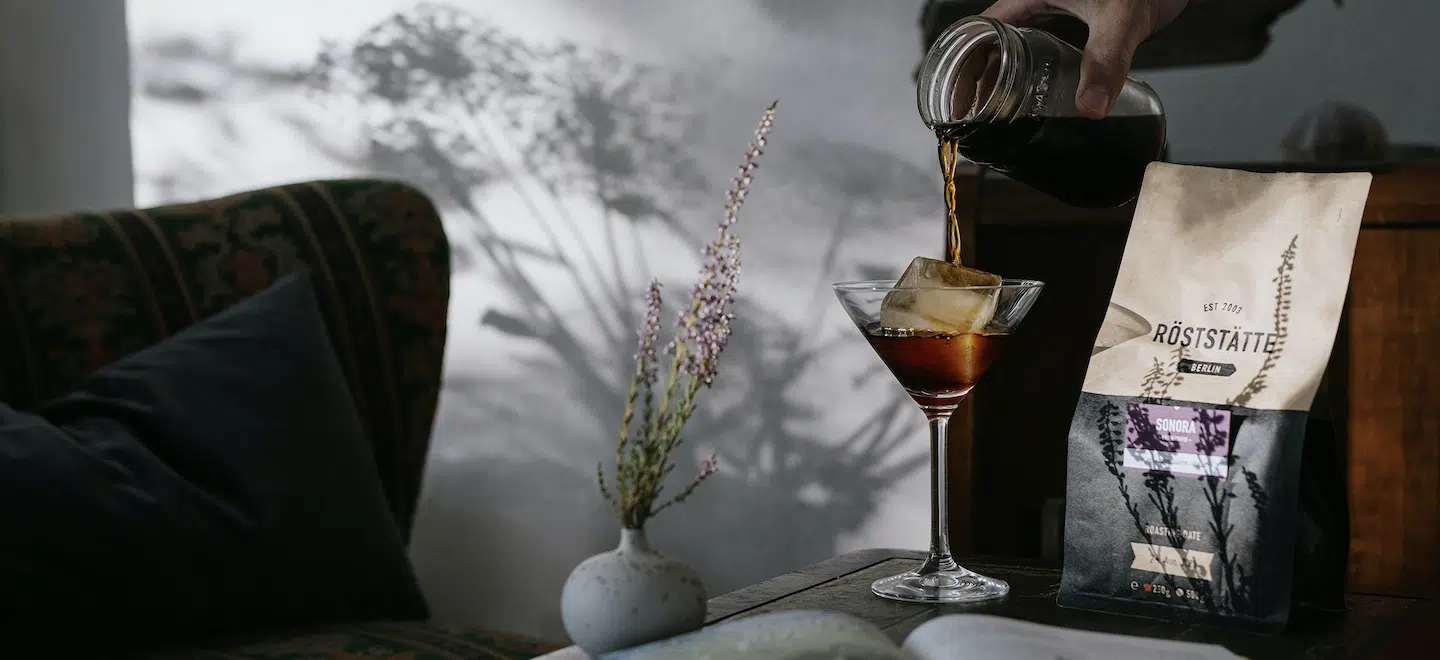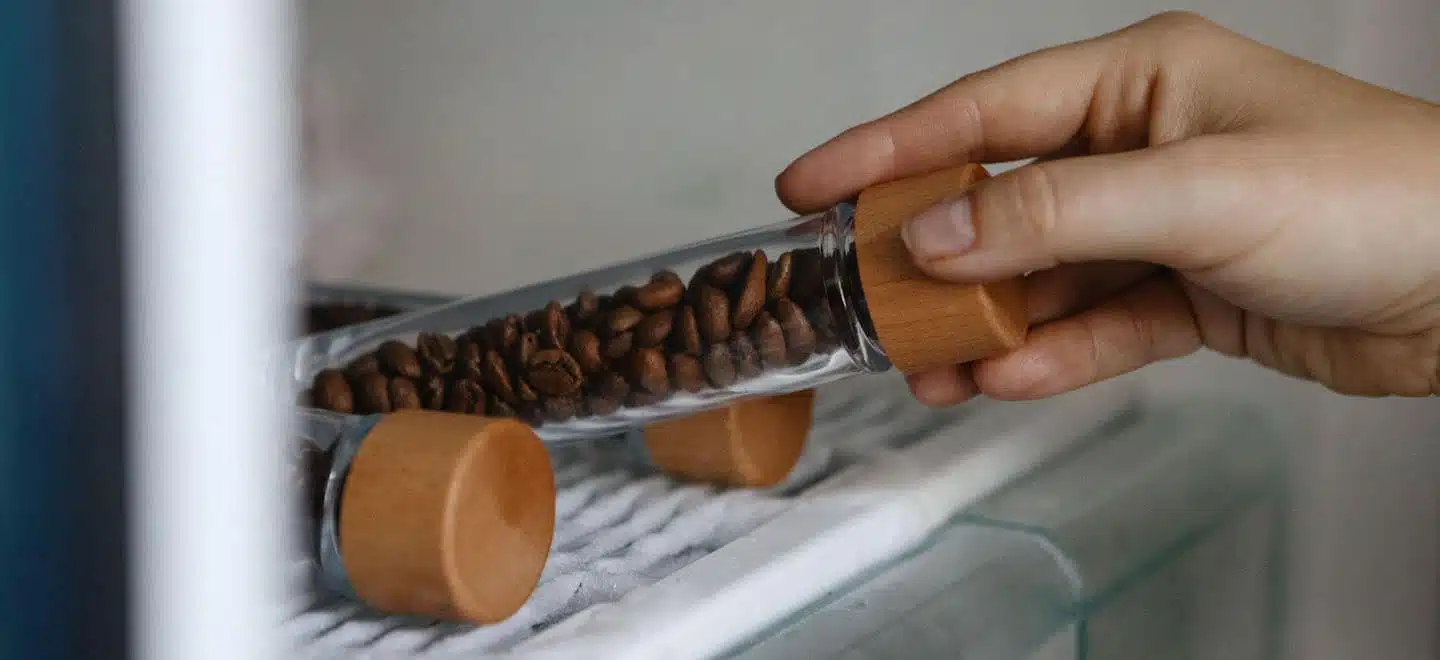8 tips for better coffee
Good coffee is a craft, a lot of training and a little knowledge. In this overview, we explain how you can make better coffee at home – with practical tips.
You have just bought your favorite coffee and want to prepare it the very next morning as filter coffee or espresso, which is understandable. There are a few things you should bear in mind, as coffee is a fresh and natural product. But how do you brew better coffee? Why should you grind it just before brewing? And what else is important? Find out more in our overview.
Tip 1: Give your coffee time to degas
Basically, freshly roasted coffee needs a few days to degas (
More about ageing). This is because the high CO2 content in the coffee after roasting can have a major impact on the brewing process. It makes it more difficult to achieve a good extraction. Degassing is essentially about finding the point in time when the coffee tastes best after roasting. This is almost comparable to opening a good red wine. When decanting, the wine must first "breathe" until it has developed its full potential.
Tip 2: Grind the coffee just before brewing
Did you know? Ground coffee loses 60 percent of its aroma after just 15 minutes. That's why it tastes best when you grind the coffee beans as fresh as possible. We generally recommend buying whole beans in small quantities directly from your trusted roaster and grinding them directly before brewing. Because let's be honest: nothing tastes as good as freshly ground coffee!
Tip 3: Store in a cool, dark place
It is also better to store whole beans than pre-ground coffee. Coffee has four natural enemies. They are light, heat, moisture and oxygen. Packaging with an aroma valve protects against three of the four negative influences : oxygen, light and moisture. It is best to store it away from heat and always close it tightly after opening! However, we recommend transferring the coffee and packaging to a storage tin immediately after purchase.
This should be opaque - and not let any oxygen through. We recommend the Airscape coffee can, as the upright position of the inner lid means that the coffee can still degas in peace. Once the coffee has reached its peak of flavor, you can close the inner lid and put the second lid on. It is best to store your coffee in a cool place away from heat. But never store your coffee in the fridge! This is because coffee tends to absorb foreign aromas, especially in a humid environment – and do you want your coffee to suddenly taste like garlic, gouda or salmon trout?
Tip 4: Better quality, better coffee
We only recommend 100 percent Arabica specialty coffee. Specialty coffee - the top five percent of coffee worldwide. From cultivation to roasting to the final cup, the value chain for specialty coffees is very short and each individual step is subject to the highest quality standards. The term "specialty coffee" is now protected by the SCA. It refers to high-quality green coffee beans that are inspected for defects by Q-graders and rigorously tested in so-called cuppings. This is noticeable in the cup, you get pleasant fruity or chocolaty notes instead of a burnt industrial taste. We recommend enjoying good coffee in moderation instead of downing bad coffee en masse. This is also better for your health, as an overdose of caffeine can have consequences. Find out more about the effects of caffeine
here.
Tip 5: The right temperature
A constant water temperature is crucial when brewing. When the water hits the coffee bed, it can lose heat, but you can reduce this difference by, for example, heating the dripper and the vessel before brewing. Another option would be to use a kettle, which keeps the water temperature constant throughout the brewing process. We recommend a temperature of between 88 and 93 degrees, depending on the coffee, degree of roast, grind and water quality. We recommend allowing the coffee to cool slightly before drinking.
We recommend a brewing temperature of 91 to 94 degrees Celsius for your espresso, in our setup it is 93.5 degrees Celsius. The brewing or water pressure should be exactly 9 bar. The volume of a single espresso is 20-25 ml and the extraction time is 20 to 30 seconds.
Tip 6: The right grind
As fine as desert sand, as medium-grained as table salt or as coarse as sea salt – the grind determines the taste of your coffee. Basically, brewing coffee is like cooking. A certain recipe is required. In addition to the amount of coffee and water, this also includes the grind, which has a decisive influence on the extraction time and therefore also the taste in the cup. This refers to the time it takes for the water to dissolve the desired ingredients from the coffee. From fine (espresso) to medium (hand filter) to coarse (French press) and countless intermediate stages, there are different degrees of grind – depending on the preparation method.
Tip 7: Cleanliness is key
It is true for every coffee lover: clean equipment leads to a good taste. The idea behind this is that fewer parameters influence the taste of the cup we prepare – regardless of whether it's filter coffee or espresso. For espresso lovers, the following applies: Before the portafilter is clamped in and you can pull your shot, the brewing head must be cleaned and the water temperature in the brewing group stabilized. So remove the portafilter and let the hot water run briefly.
A quick step that makes a big difference, as the coffee grounds from the last brewing process are rinsed away and do not end up as unpleasant bitter substances in the cup. In addition, the increased water temperature in the group caused by the instantaneous water heater is reduced again so that the desired brewing temperature of 93 degrees Celsius is reached for the actual extraction. We also recommend cleaning the machine regularly with our biodegradable espresso machine cleaner.
Even when brewing filter coffee, the hand filter must be cleaned regularly, preferably with washing-up liquid, which you then rinse thoroughly. If you have a filter coffee machine, you need to clean and descale it regularly.
Tip 8: Filter the water
A full 98% of your filter coffee consists of water. To improve the taste of your coffee, optimize the brewing water and protect the material, you should definitely filter the water. There are various treatment methods for use at home. An inexpensive and very practical tool is the table filter from BWT, which brings out the taste of coffee and tea and filters out unwanted substances such as limescale, chlorine and heavy metals from the water. By the way: Still mineral water from the supermarket is not suitable for brewing coffee due to its high sodium and mineral content.
written by
Christopher Braemer
Christopher is a trained journalist and works in marketing at Röststätte Berlin. He is passionate about the Röststätte newsletter and the content area. For the blog, he writes about coffee from all over the world, but also about business, politics and sustainability. If you have any questions or suggestions, please send him a message.
Fotos: Laura Droße
website
